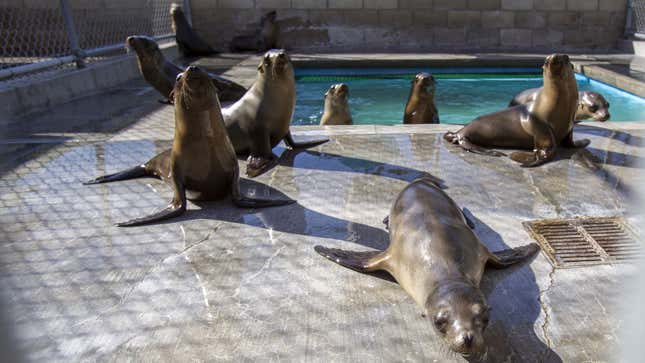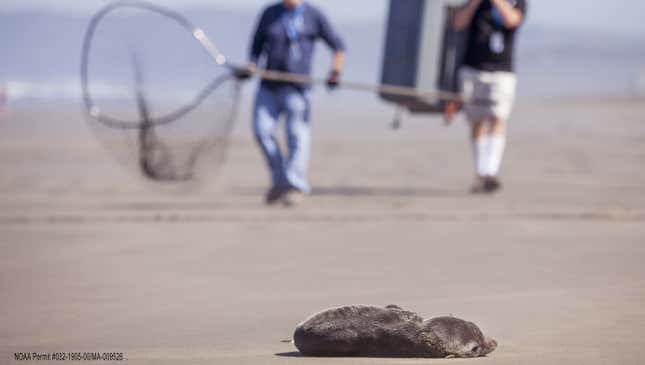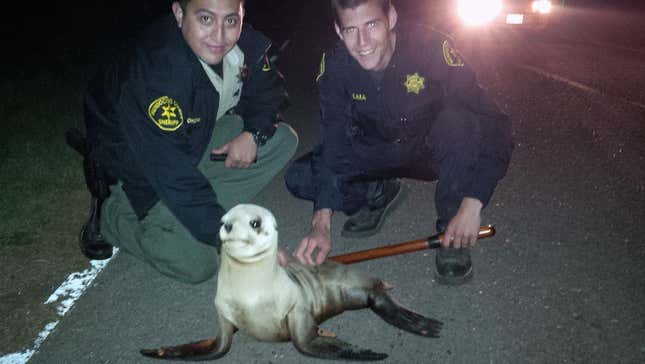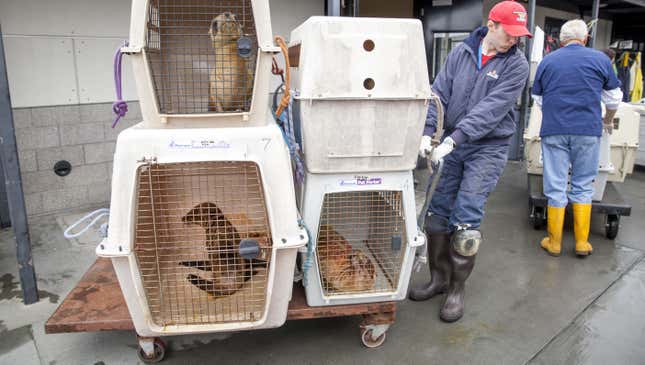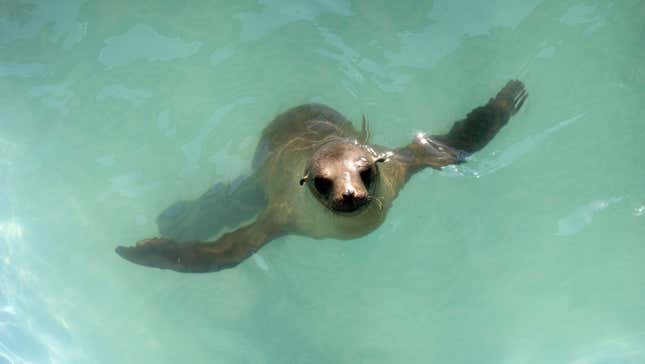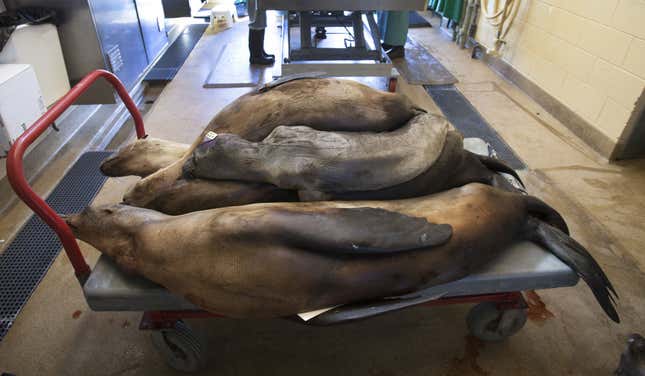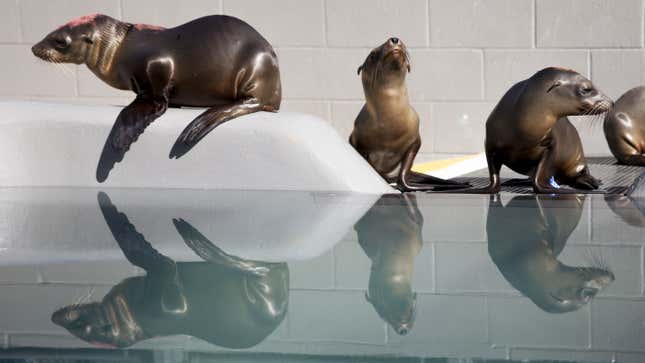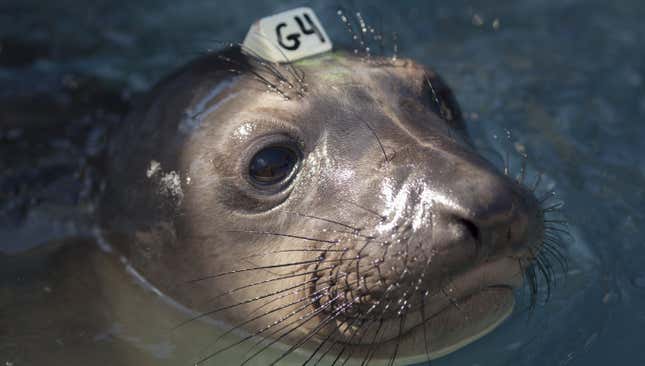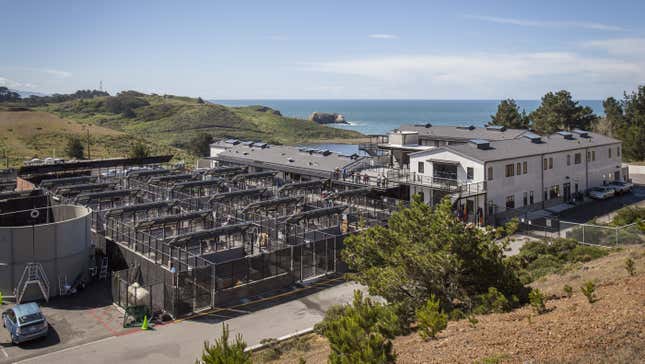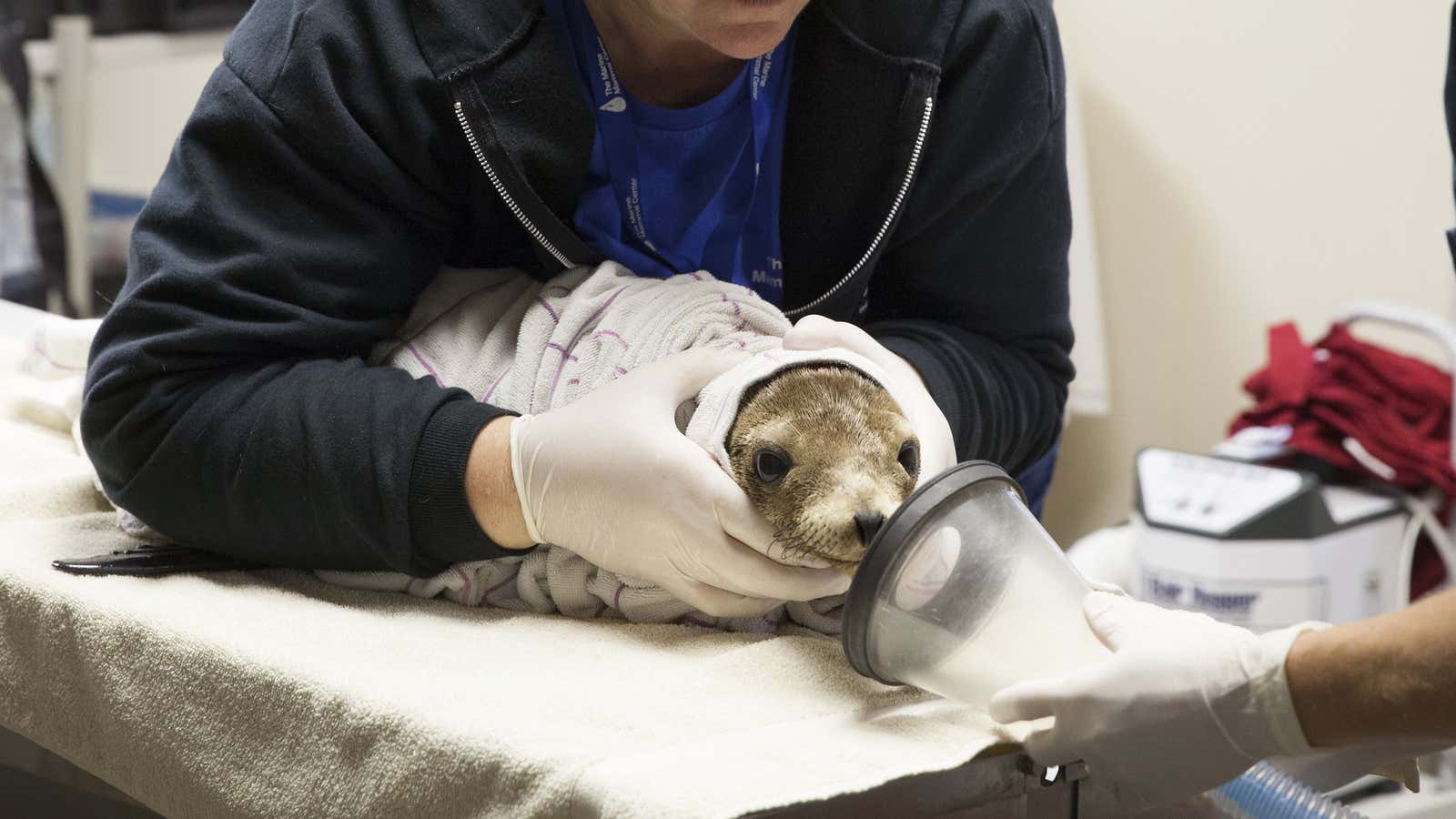For months now, emaciated sea lion pups have been mobbing the California coast, looking like furry sacks of bones littering the beach. As of late April, 2,700 of these freakishly skinny pups had been “stranded” ashore—nine times more than the average between 2004 and 2014, according to the California Marine Mammal Stranding Network.
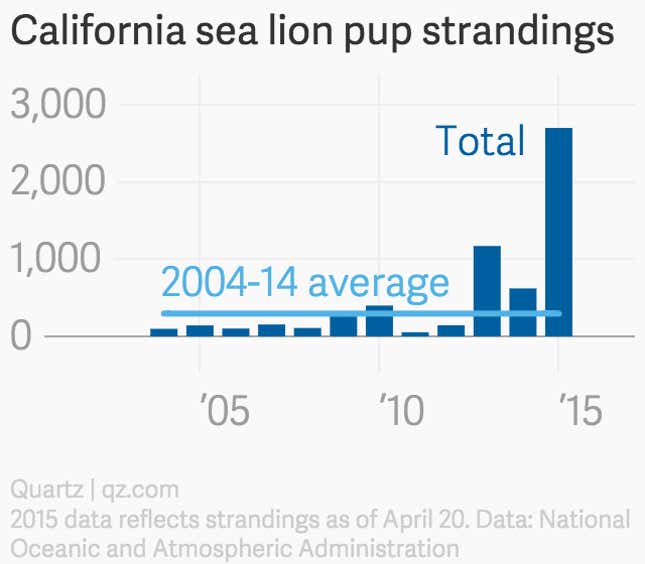
What’s behind the die-off? The “warm blob,” it seems—the huge patch of freakishly balmy sea that bloomed off the California coast starting about a year ago.
To beat the heat, sardines, squid, and other creatures that sea lions typically eat have fled farther offshore or to deeper waters, Sharon Melin, a biologist with the NOAA Fisheries National Marine Mammal Laboratory, told the On the Line podcast.
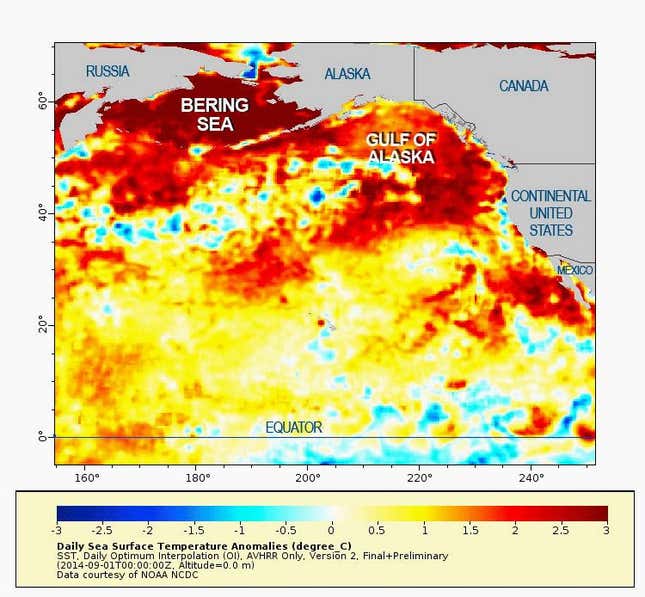
That’s made new sea lion mothers swim farther and deeper to find the food they need to produce milk for nursing their pups. During these foraging trips, female sea lions leave their young in their rookery—an island breeding colony—for days at a time. By tracking one of these island populations starting in December 2014, Melin and her colleagues discovered that by March, half of the females had abandoned their pups, probably because their babies were dying. The mothers whose pups were surviving were regularly diving to unusual depths in pursuit of food.
The sea lion pups that have turned up on California’s beaches are those that decided they couldn’t wait for their mothers’ return and ditched the island rookery.
“They’re the ones that finally decide they just have to go to try to find food, but they’re too little and they’re not—they don’t have any foraging skills, and so they get out there in the ocean and they just can’t survive,” Melin said. “And so they end up washing ashore.”
At that point, humans take over the struggle to keep the famished pups alive. About half of the stranded pups taken into care by California’s network of Marine Mammal Centers survive and are released back into the wild; most of those little sea lions make it, the networks says. Here’s a heartbreaking survey of what they’re going through:
